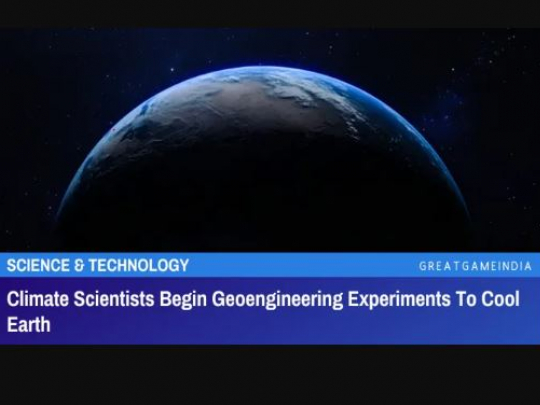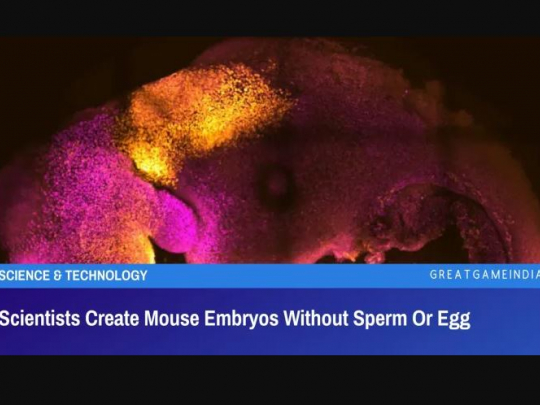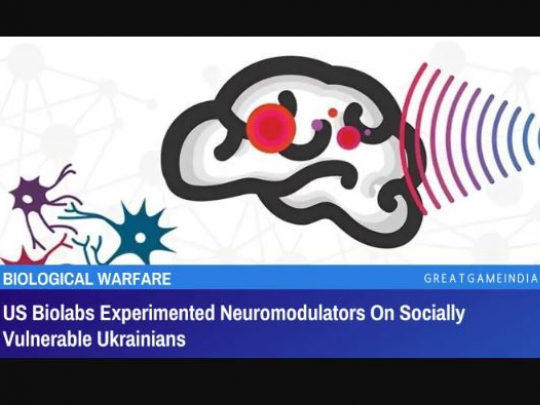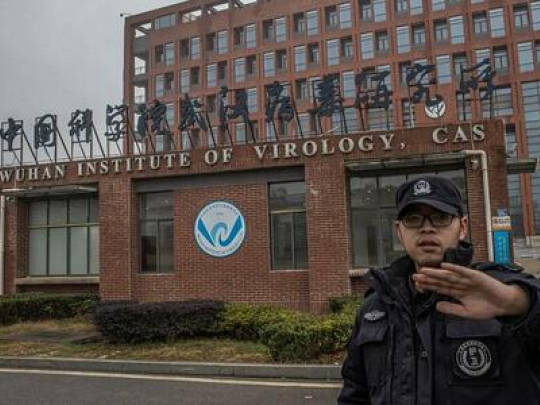Shock Result In Particle Experiment Could Spark Physics Revolution
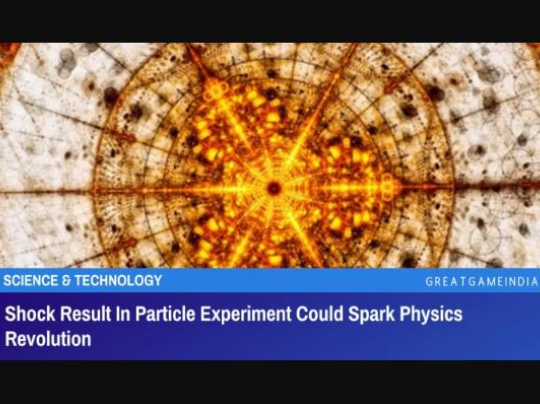
The particle experiment which revealed the shocking result that a W boson has higher mass than expected by theories could spark a physics revolution.
Scientists in Chicago discovered that a subatomic particle’s mass is not what it should be.
The result is the first conclusive experimental result that contradicts one of contemporary physics’ most important and successful concepts.
The scientists discovered that the particle, known as a W boson, has a higher mass than expected by theories.
Prof David Toback, the project’s co-spokesperson, called the outcome as “shocking.”
The discovery could pave the way for a new, more comprehensive theory of the universe’s operation.
“If the results are verified by other experiments, the world is going to look different.” he told BBC News. “There has to be a paradigm shift. The hope is that maybe this result is going to be the one that breaks the dam”.
“The famous astronomer Carl Sagan said ‘extraordinary claims require extraordinary evidence’. We believe we have that.”
Scientists at the Fermilab Collider Detector (CDF) in Illinois discovered only a 0.1 percent discrepancy in the mass of the W Boson compared to what the theory predicts. However, if more experiments back up this theory, the ramifications are huge. For the past fifty years, the so-called Standard Model of particle physics has accurately predicted the behaviour and properties of subatomic particles. Until now, that is.
Prof Giorgio Chiarelli of INFN Sezione di Pisa, another CDF co-spokesman, told BBC News that the research team couldn’t believe their eyes when they saw the results.
“No-one was expecting this. We thought maybe we got something wrong.” The researchers, on the other hand, have thoroughly gone over their findings and attempted to find any flaws. They couldn’t find any.
The findings, which were published in the journal Science, could be linked to suggestions from previous Fermilab and Large Hadron Collider investigations on the Swiss-French border. These as-yet-unconfirmed findings also point to deviations from the Standard Model, presumably due to the presence of an as-yet-undiscovered fifth natural force.
For some time, physicists have understood that the theory needs to be updated. It can’t account for the presence of Dark Matter, an invisible material in space, or Dark Energy, a force that continues to accelerate the expansion of the Universe. It can’t explain gravity either.
If the Fermilab conclusion is confirmed, Dr Mitesh Patel of Imperial College, who works at the LHC, believes it might be the first of many new results that mark the biggest upheaval in our understanding of the Universe since Einstein’s theories of relativity more than a century ago.
“The hope is that these cracks will turn into chasms and eventually we will see some spectacular signature that not only confirms that the Standard Model has broken down as a description of nature, but also give us a new direction to help us understand what we are seeing and what the new physics theory looks like.”
“If this holds, there have to be new particles and new forces to explain how to make these data consistent”.

Based on a 2,700-hectare site near Chicago, Fermilab is America’s premier particle physics lab
However, in the physics community, the joy is tempered with a strong note of caution. Although the Fermilab result is the most precise measurement of the W boson mass to date, it contradicts two of the next most precise readings from two other experiments, both of which are consistent with the Standard Model.
Prof Ben Allanach, a theoretical physicist at Cambridge University, adds, “This will ruffle some feathers.”
“We need to know what is going on with the measurement. The fact that we have two other experiments that agree with each other and the Standard Model and strongly disagree with this experiment is worrying to me”.

All eyes are on the Large Hadron Collider, which will resume experiments after a three-year renovation. The goal is that they will yield data that will lay the groundwork for a new, more comprehensive physics theory.
“Most scientists will be a little bit cautious,” says Dr Patel.
“We’ve been here before and been disappointed, but we are all secretly hoping that this is really it, and that in our lifetime we might see the kind of transformation that we have read about in history books.”
- Source : GreatGameIndia




